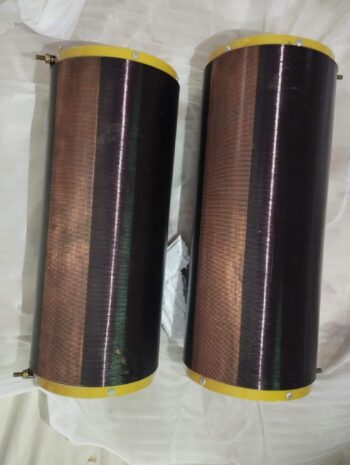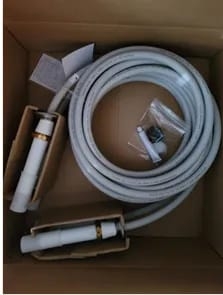Description
Purpose:
HT sockets are used to connect high-voltage (HT) wires to vacuum tubes in electronic devices like amplifiers, radios, and other vintage electronic equipment. They provide a safe and reliable connection point for the high voltage required by the tube’s anode (plate).
Components:
- Ceramic Body: The main part of the socket is made of ceramic, which is a good insulator and can withstand high temperatures.
- Brass Contacts: Metal contacts, typically brass, are embedded in the ceramic body. These contacts connect to the tube’s pins and the HT wires.
- Insulator: A ceramic or plastic insulator may be present to further isolate the contacts and prevent short circuits.
Features and Benefits:
- Insulation: The ceramic body provides excellent insulation, preventing electrical arcing and potential damage to the components.
- Durability: HT sockets are built to withstand the high voltages and temperatures associated with vacuum tubes.
- Reliability: They offer a secure and reliable connection for the HT wires, ensuring optimal performance of the electronic device.
- Ease of Use: HT sockets are designed for easy installation and removal of vacuum tubes.
Safety Considerations:
- High Voltage: HT sockets handle high voltages, so it’s important to exercise caution when working with them.
- Proper Installation: Ensure the socket is securely mounted and the connections are tight to prevent electrical hazards.
- Grounding: Proper grounding is essential to protect against electrical shocks.
Additional Notes:
- The specific type of HT socket may vary depending on the tube type and application.
- Some HT sockets may have additional features like spring-loaded contacts or locking mechanisms.
If you have any more questions or need more specific information, feel free to ask!
Reviews (0)
You must be logged in to post a review.












Reviews
There are no reviews yet.